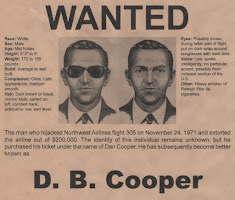“I have been in the highest and the lowest and both
places are empty.” - Nico
Why even ask—Who is Nico — she that was born Christa Päffgen in Cologne in 1938? Survives the Nazis...
Then in Paris. She’s 16 and meets Coco Chanel. Models. Gets bored. Travels to
New York City. Studies acting with Lee Strasberg. Talks to Marilyn Monroe.
1959. In Rome. Hello to Frederico Fellini. Gets bit part in La
Dolce Vita. Really, who is she?
Back in New York City. 1963. Sings ‘My Funny Valentine’ at the
Blue Angel Club. Can barely stay in key, but that makes it better. A determined
contralto if you will. Rarely smiles.
Hey, she’s over in Paris. With Serge Gainsborough and then pregnant by Alan Delon. Has a son. Leaves him behind.
Hangs with Brian Jones. He plays, along with Jimmy Page, on
her first EP.
Really, how does this happen to one person?
In London, meets Andy Warhol’s friend, then off to New York
City again. Calls Andy. Her first line to him. “I only like the food that
floats in the wine.” Warhol is thunderstruck.
Nico enters Warhol's Factory and dethrones Edie Sedgwick. Such is
life. Meets Bob Dylan. He gives her a
song.
Stars in three Factory films. Andy becomes manager of The Velvet Underground. Says he wants Nico to sing. Member Lou Reed disagrees. Nico sings. She is what happens when the Weimar meets the Haight.
Parts from the Velvets. Makes music of her own. Now to Los Angeles. Beds Jim Morrison. Next morning, Morrison is found naked, dancing on a rooftop. Nico, also naked, is crying in a garden. Lots of drugs. Goes from Jim to Iggy Pop. Interesting progression.
Records music. Takes lovers. Wanders the world. Dies in
Ibiza, 1988. Age 49. Today, revered as a Goth pioneer.
Some artists follow a muse; for others, the muse is themselves. It’s an involuntary reaction. Nico lived as she did to stay alive. A soul in solitaire.
Look closely, her eyes are rimmed with frost, for her beauty comes from the pain you see when a face is frozen by tears.
#nico #andywarhol #loureed #jimmorrison #thedoors #iggypop
#goth #music #blog #pop #1960s #Christ Päffgen #leonardcohen #bobdylan #fellini
#velvetunderground


















































